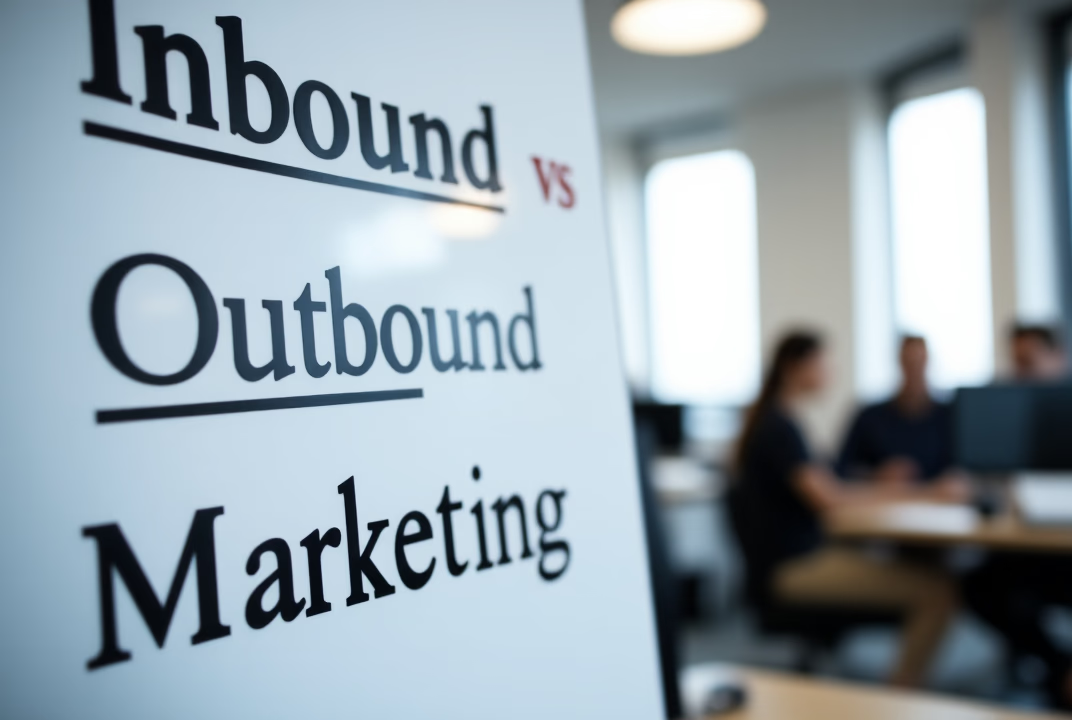The GTM Insider
In‑depth articles on account research, multi‑channel orchestration, and intent‑based outreach that actually works.

Pipeline Velocity Optimization: Accelerating Deals Through Your Revenue Engine
Accelerating revenue through optimized pipeline management
Read More
GTM Personalization at Scale: Delivering Relevant Experiences to Every Prospect
AI-powered personalization for scalable revenue growth
Read More
Customer Journey Mapping for GTM Success: From Awareness to Advocacy
Designing customer experiences that drive revenue growth
Read More
Sales Enablement Technology: Tools and Strategies for Modern Revenue Teams
Empowering sales teams with cutting-edge enablement technology
Read More
Account-Based Marketing Integration: Aligning ABM with Your GTM Strategy
Strategic ABM integration for enterprise revenue growth
Read More
Revenue Operations Excellence: Building the Foundation for Scalable Growth
Creating unified revenue operations for sustainable growth
Read More
The Ultimate Guide to Lead Routing Automation: Boost Conversion Rates by 40%
Intelligent lead distribution for maximum conversion impact
Read More
AI-Powered GTM Automation: How Leading Companies Are Transforming Their Go-to-Market Operations
Read More
AI-Powered GTM Automation: How Leading Companies Are Transforming Their Go-to-Market Operations
Leveraging artificial intelligence for revenue operations excellence
Read More
The Complete GTM Strategy Framework for 2025
A comprehensive guide to building winning go-to-market strategies
Read More
RevOps Strategy: How To Build a RevOps Strategy
If your business growth is being hindered by departmental silos, inconsistent processes, or missed revenue opportunities, you’re not alone
Read More








